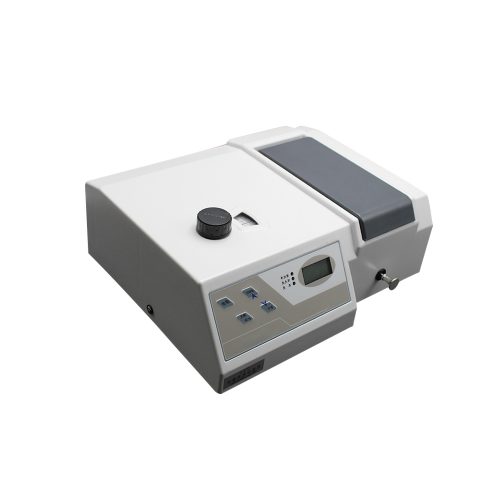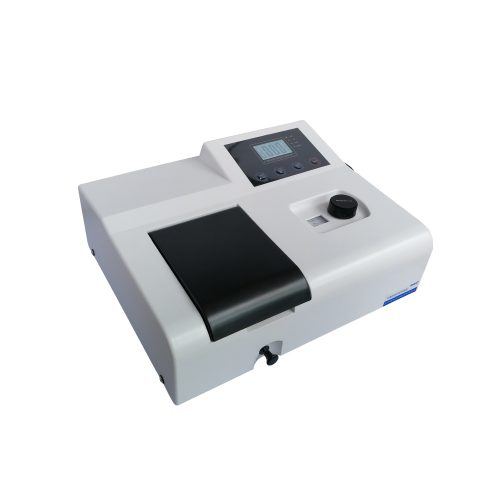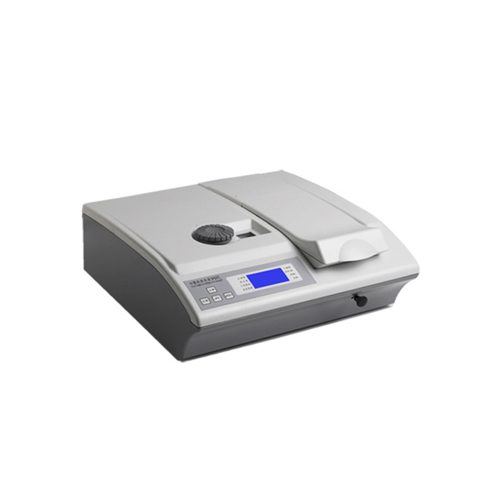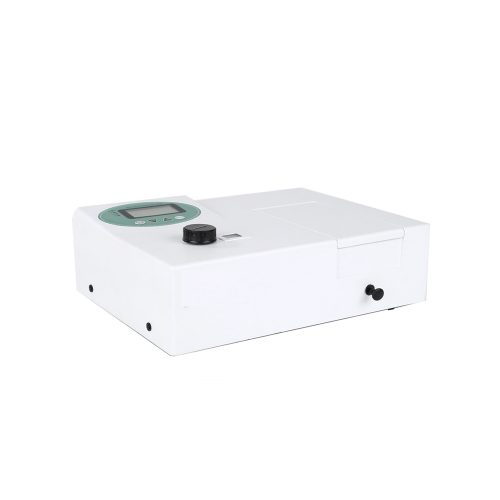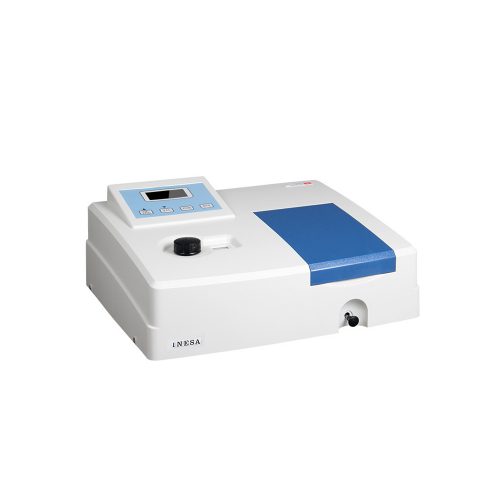BEST SPECTROPHOTOMETER COLLECTION FOR YOU
Spectrophotometry uses a photometer, called spectrophotometer, that measures the intensity of light beams at different wavelengths. Spectrophotometry is common for ultraviolet, visible, and infrared radiation. Modern spectrophotometers include X-rays, ultraviolet, visible light, infrared, and microwaves.
- The Best Brands of a spectrophotometer
Agilent UV/Vis spectrophotometer
Konica-Minolta UV/Vis spectrophotometer
Thermo Scientific™ UV/Vis spectrophotometer
FTIR UV/Vis spectrophotometer
NanoDrop UV/Vis spectrophotometer
X-Rite UV/Vis spectrophotometer
Shimadzu UV/Vis spectrophotometer
Datacolor UV/Vis spectrophotometer
D&Y UV/Vis spectrophotometer
CGOLDENWALL UV/Vis spectrophotometer
Vernier International UV/Vis spectrophotometer
AMTAST UV/Vis spectrophotometer
Jenway UV/Vis spectrophotometer
M&A INSTRUMENTS INC UV/Vis spectrophotometer
- VIS spectrophotometer
- UV-VIS spectrophotometer
- Single beam spectrophotometer
It includes a monochromatic light beam (the beam can only pass alternately through the solution), a cuvette, and a photoconverter.
- Features
Simple construction.
Low price.
Mainly used for quantitative analysis.
Measurement results are sometimes affected by power fluctuations, causing significant errors.
Not suitable for the demanding pharmaceutical and quality testing industries.
Require high stability of the light source and detector.
Generally not used for full-band spectral scanning.
Suitable for measuring absorbance or transmittance at specific wavelengths.
- Double beam spectrophotometer
It uses two monochromators to obtain two different wavelengths of monochromatic light. The two beams alternately irradiate the same sample cell at regular intervals.
- Features
Automatic recording.
Fast full waveband scanning.
Eliminate light source instability, detector sensitivity variations, etc.
Suitable for structural analysis.
Measure highly concentrated samples, multi-component mixed samples.
Perform better in turbid samples.
Have higher sensitivity than single beam machines.
- Split beam spectrophotometer
The light from the same monochromator is split into two beams. One reaches the detector directly, and the other passes through the sample to the other detector.
- Features
Allows monitoring of the error of the light source.
It cannot eliminate the effect of the reference.
- Infrared spectrophotometer
- Features
Fast speed.
Small sample size (a few micrograms to a few milligrams).
Highly characteristic (various substances have their specific infrared spectra).
Analyze various states (gases, liquids, solids) without damaging the sample.
- Fluorescence spectrophotometer
It is widely used in scientific research, chemical industry, medicine, biochemistry, environmental protection, clinical testing, food testing, teaching experiments, and other fields.
General quantitative analysis.
Infer the conformational changes of molecules in various environments to elucidate the relationship between molecular structure and function.
- Atomic absorption spectrophotometer
It is a powerful tool for materials analysis and trace metal (semi-metallic) elemental analysis.
https://www.youtube.com/watch?v=EvDwmgSbnnk
- Requirements
Visible spectrophotometer / UV/visible spectrophotometer / NIR spectrophotometer / NMR devices / atomic absorption spectrophotometer / mercury analyzers / fluorometers / Microspectrophotometers
- Sample throughput:
Spectrophotometers can be classified as single sample and multi-sample units.
- The optical path:
Single-beam, double-beam, and split-beam spectrophotometers are available.
- Total cost
- To calculate transmittance:
Transmittance (T) = It/I0
It = Light intensity after passing the cuvette (transmitted light)
I0 = Light intensity before passing the cuvette (incident light)
- To calculate absorbance (A):
Absorbance (A) = – log10 T = – log IS/IR
- Light source
- Prism
- Variable wavelength selector
- Sample chamber
- Photodetector
- Display
The entrance slit plays a vital role because its size affects the amount of light entering and being measured, thus changing the spectrometer engine's speed and the optical resolution. You can adjust the slit to allow more or less light into the spectrometer.
After the light passes through this entrance slit, it hits the prism and is refracted, then passes through the sample and is measured.
On the other hand, a spectrophotometer is an instrument that measures light. The exact definition varies from field to field. Generally speaking, "photo" indicates that a spectrophotometer quantitatively measures light intensity in terms of wavelengths. They measure electromagnetic radiation‘s intensity at numerous wavelengths.
- Function
A spectrophotometer measures the transmittance or reflectance of color in a sample as a function of wavelength.
- Range
A pectrophotometer is suitable for infrared and ultraviolet light as well as visible light.
- Cost
A spectrophotometer has a broader range of functions, including those of a colorimeter. Therefore, it is more expensive than a colorimeter.

